Creating a home with vintage charm doesn’t always require an actual old house. With careful planning and attention to detail, it’s possible to make new construction look as if it has stood the test of time. This article explores various techniques used by homeowners, designers, and architects to give a newly built or renovated home an authentic, aged appearance.
Giving a House a Vintage Look: How It’s Done
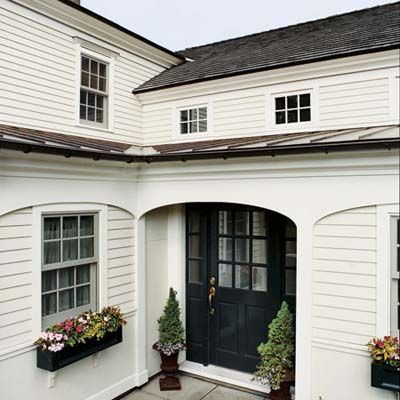
The goal when renovating or building a home to look vintage, is to create a seamless blend of old and new, making it difficult to distinguish between original features and modern additions. This approach requires careful selection of materials, finishes, and architectural elements that are consistent with the desired historical period. Emulating old-school charm also necessitates the addition of historically accurate design cues, down to the smallest features.
In this article, we’ll look at how mostly new construction on this 1830s farmhouse rehab was made to look like it was built in the 19th century.
Wood Siding
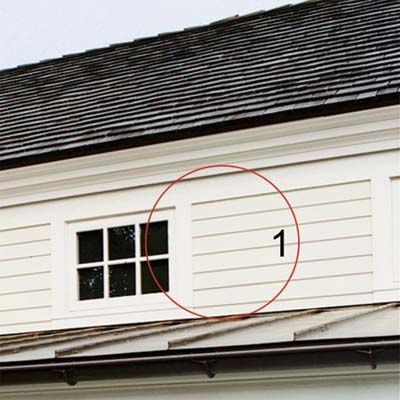
Wood siding is a classic choice for achieving an authentic, aged look. It’s important to select wood species and finishes that were commonly used during the time period you’re trying to emulate. For instance, cedar and pine were popular choices for 19th-century homes.
To further enhance the aged appearance, consider using reclaimed wood or applying weathering techniques to new siding. Additionally, techniques such as board-and-batten or shiplap can enhance the authentic look and feel of the exterior. Applying limewash or faded paint colors can give the siding that nostalgic patina reminiscent of homes from decades or centuries past.
Traditional Copper
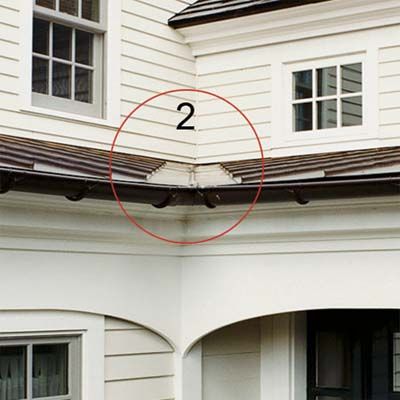
Incorporating traditional copper elements can add both beauty and authenticity to a home’s exterior. As designer Rick O’Leary notes, “The metal will last 50 years or more without maintenance.”
Copper gutters, downspouts, and roof accents not only provide durability but also develop a beautiful patina over time, contributing to the home’s aged appearance. To complement these features, consider copper light fixtures or hardware details that add a cohesive, old-world aesthetic. Copper weathervanes and finials are additional elements that epitomize historical charm.
Detailed Eaves
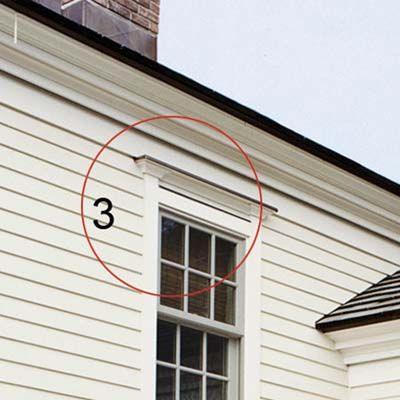
Eaves play a crucial role in creating an authentic period look. As O’Leary explains, “We improvised a bit to keep costs down, but the cornice treatment tries hard to echo detailing found on historic New England farmhouses.”
Consider using a combination of stock moldings to create intricate cornices and fascias that mimic historical designs. Detailed brackets, rafter tails, and dentil moldings can also be incorporated to reflect the craftsmanship of the period. Using authentic paint colors and aging techniques on these eaves will further convey a vintage look.
Porch Look for Entry
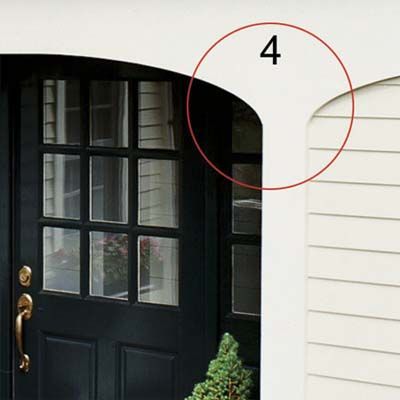
Creating an entry that resembles an enclosed porch can be achieved by using archways to frame window casings and adding decorative pilasters made from trim. These elements suggest that the space was once an open porch that was later enclosed, a common feature in many older homes.
Incorporating vintage-style sconces or lanterns, beadboard ceilings, and wooden screen doors can accentuate this aged aesthetic. A porch swing or rocking chair can further enhance the vintage feel, creating a welcoming, historical facade.
Concealed Vents
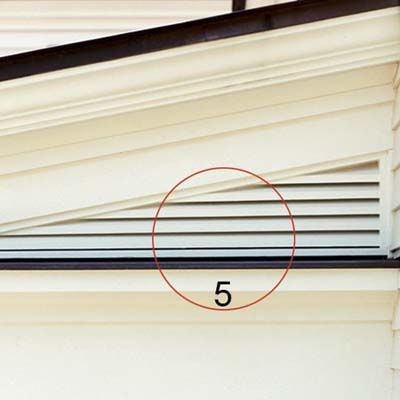
Modern conveniences often require venting, but these can detract from a home’s historical appearance. To maintain authenticity, conceal vents behind louvered boards or within architectural features.
For example, a metal flue from a gas fireplace can be boxed with plywood, faced with brick, and topped with a chimney cap to match existing chimneys on the house. Integrating concealed HVAC systems and other essential utilities within decoratively disguised elements ensures that modern functionality does not compromise historical integrity.
Varied Wainscoting Styles
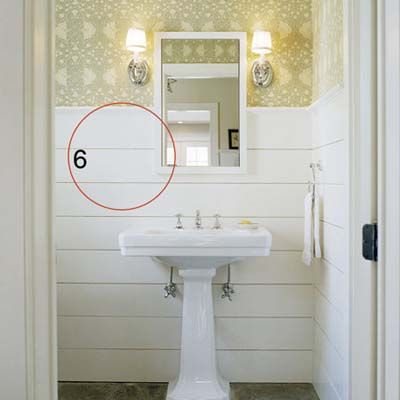
Incorporating different wainscoting styles throughout the home can create the illusion of evolution over time. Use more formal styles in public spaces on the first floor and simpler designs in private areas upstairs. By mixing styles—from beadboard to raised paneling—you can evoke the charm of different eras, giving each room a unique historical narrative.
Built-Ins Everywhere
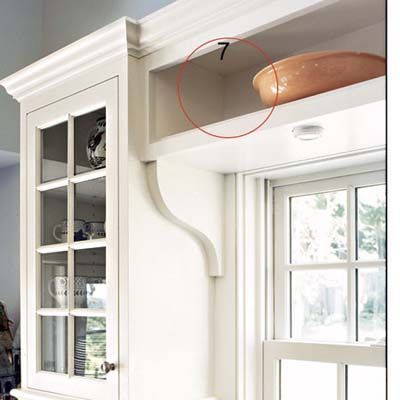
Incorporate custom cabinets, open shelving, and clever niches throughout the house to add character and functionality. Consider adding unique elements like a concealed trapdoor to a laundry chute, which can be both practical and reminiscent of older home designs. Built-in bookcases, window seats, and banquettes are additional elements that can contribute to historical texture.
Weathered Finishes
Applying weathered finishes to new materials can instantly add years to their appearance. For wood surfaces, consider using techniques such as distressing, pickling, or applying a crackle finish. For metal elements, accelerated patination processes can give copper and brass fixtures an aged look in a fraction of the time it would take to occur naturally. Similarly, stenciling and faux-aging techniques on walls and trim can simulate years of paint layering and wear.
Period-Appropriate Hardware
Selecting hardware that matches the intended time period helps maintain authenticity. Choose door knobs, hinges, and light fixtures that reflect the styles popular during the era you’re emulating. Antique stores and salvage yards can be excellent sources for genuine period hardware, while many manufacturers offer convincing reproductions of historical designs.
